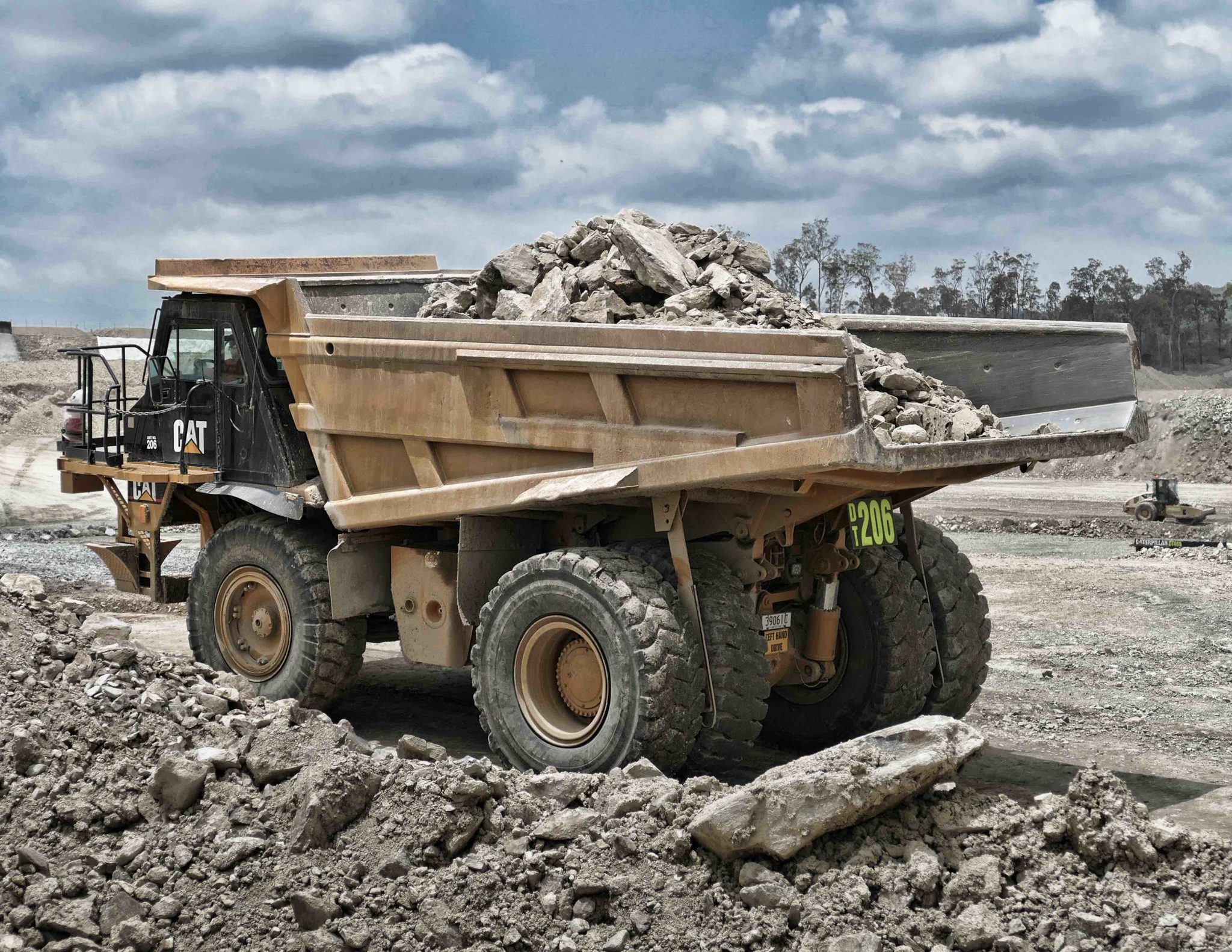
Global Road Technology are dust suppression specialists offering innovative dust suppression solutions for quarries in Australia. The demand for quarry materials, crushed rock, asphalt, aggregate and concrete are synonymous with increased quarry dust generation. GRT performs quarry dust suppression at your quarry and makes sure quarry dust is dealt with at its source. Quarry dust is predominantly respirable crystalline silica which is harmful to workers and communities within the vicinity of quarry activities. In this article, quarry dust suppression is evaluated through understanding how you can suppress quarry dust, methods of quarry dust suppression, GRT dust suppression applications and products for quarry dust suppression and why you should choose GRT for your quarry dust suppression.
In order to suppress quarry dust the following techniques are used:
Preventative and corrective dust suppression are used to suppress quarry dust. If quarry dust can be prevented from being airborne then the effort and cost of corrective actions is reduced. Preventative dust suppression is based on control, filter and spray. Control involves the water system that is has filtered water to make sure it is free from contaminants and spraying which is of a particular amount and pattern of water that is delivered to the source of quarry dust before it is generated.
This could happen before and as the quarry rock is cut and immediately before conveyor transfer points. On the other hand, corrective dust suppression takes place if quarry dust was not dealt with preventatively. Corrective dust suppression also uses sprays with challenges of smaller particle sizes of dust which are difficult to get rid of once airborne. The ‘Venturi effect’ and ‘Slipstream effect’ comes into play with corrective dust suppression. For quarry dust to be removed from the air, the dust suppressant particles need to be of a similar size to the quarry dust particles which enables collision between the two.
Water is still the main form of dust suppression across quarrying operations, however, its inherent chemical and physical behaviour makes it a poor dust control agent. The methods used for quarry dust suppression include:
GRT’s innovative approach to dust suppression at quarry factors in the importance of particle size, chemistry and sustainability of the product employed for quarry dust suppression.
GRT has developed its dust suppression technologies so that they are simple to use, highly effective, and increase in cost-effectiveness over time. In addition to this, they can deliver these benefits using existing or readily available equipment such as existing spray systems and water lines, water trucks, cannons, spray nozzles and overhead spray bar systems. So why choose GRT products? The following are the reasons why:
Very small particles of silica dust are generated from quarry activities. These have aerodynamic diameters less than 10 microns which when inhaled there are able to reach the deepest parts of the lungs. Exposure to elevated levels of airborne respirable dust for the quarry workers increases risks of developing lung diseases such as silicosis, chronic obstructive pulmonary diseases (COPD) and lung cancer. Our products are formulated with due diligence to the environment, which is key to sustainable dust suppression at quarries. Read more about our environmentally friendly GRT products that participate in quarry dust suppression without compromise on Earth Stewardship principles. Reach out to Daniel Grundy, for your quarry dust suppression inquiries.
Your feedback is important to us. If you enjoyed reading this Global Road Technology industry update and found it informative, please let us know by leaving a REVIEW.
Are environmental regulations, health and safety concerns or potential profit loss a concern right now?
Contact Us Now